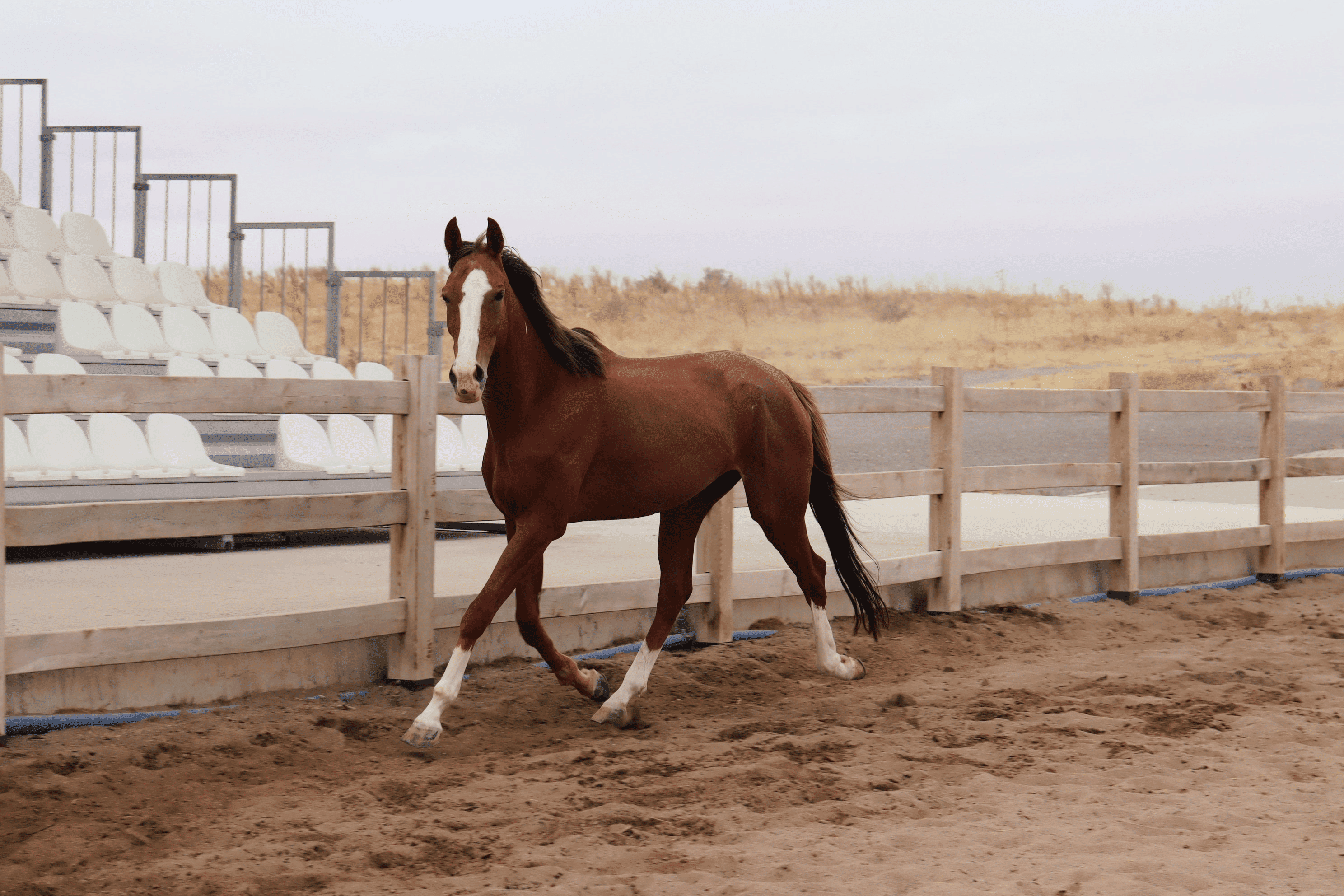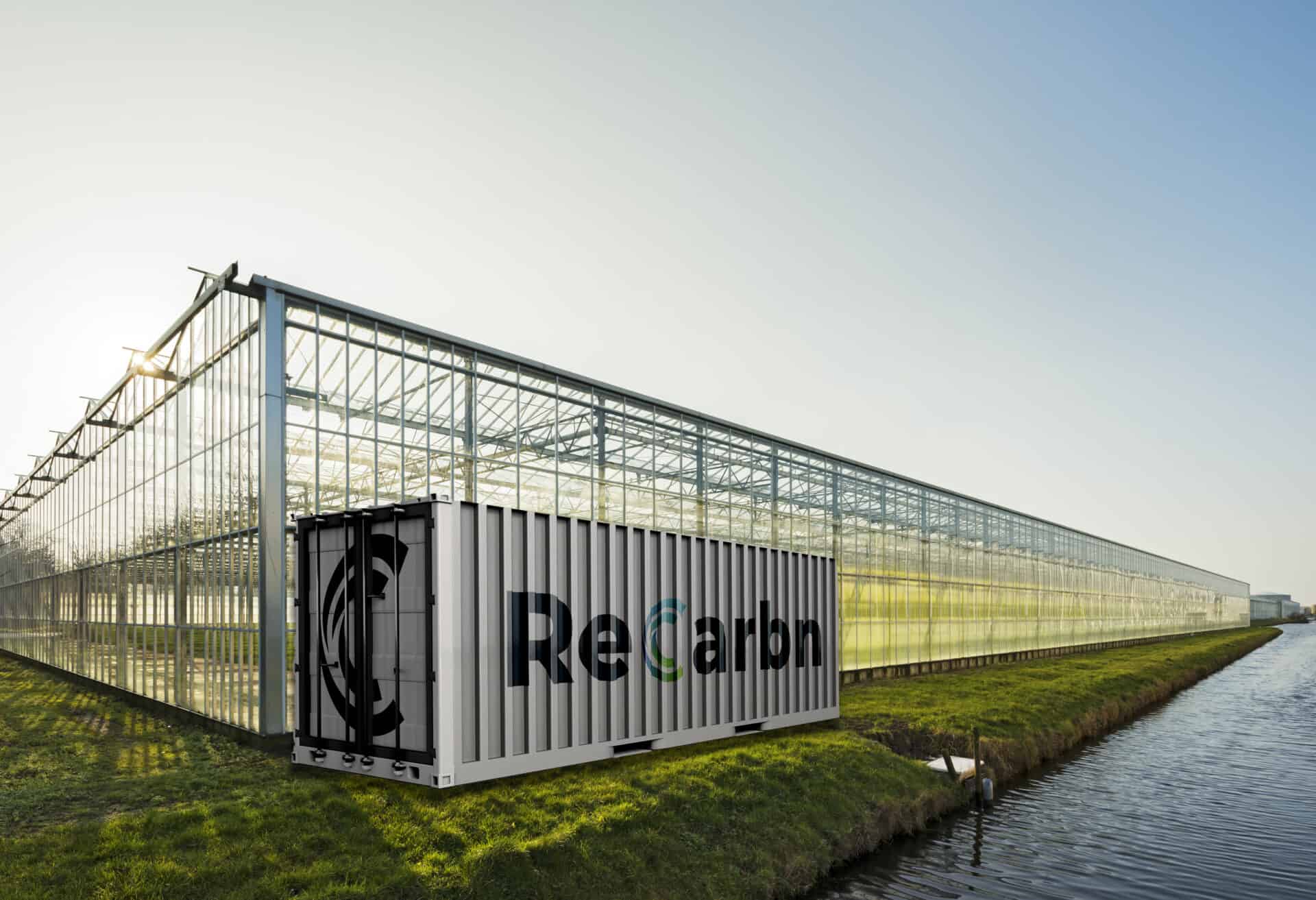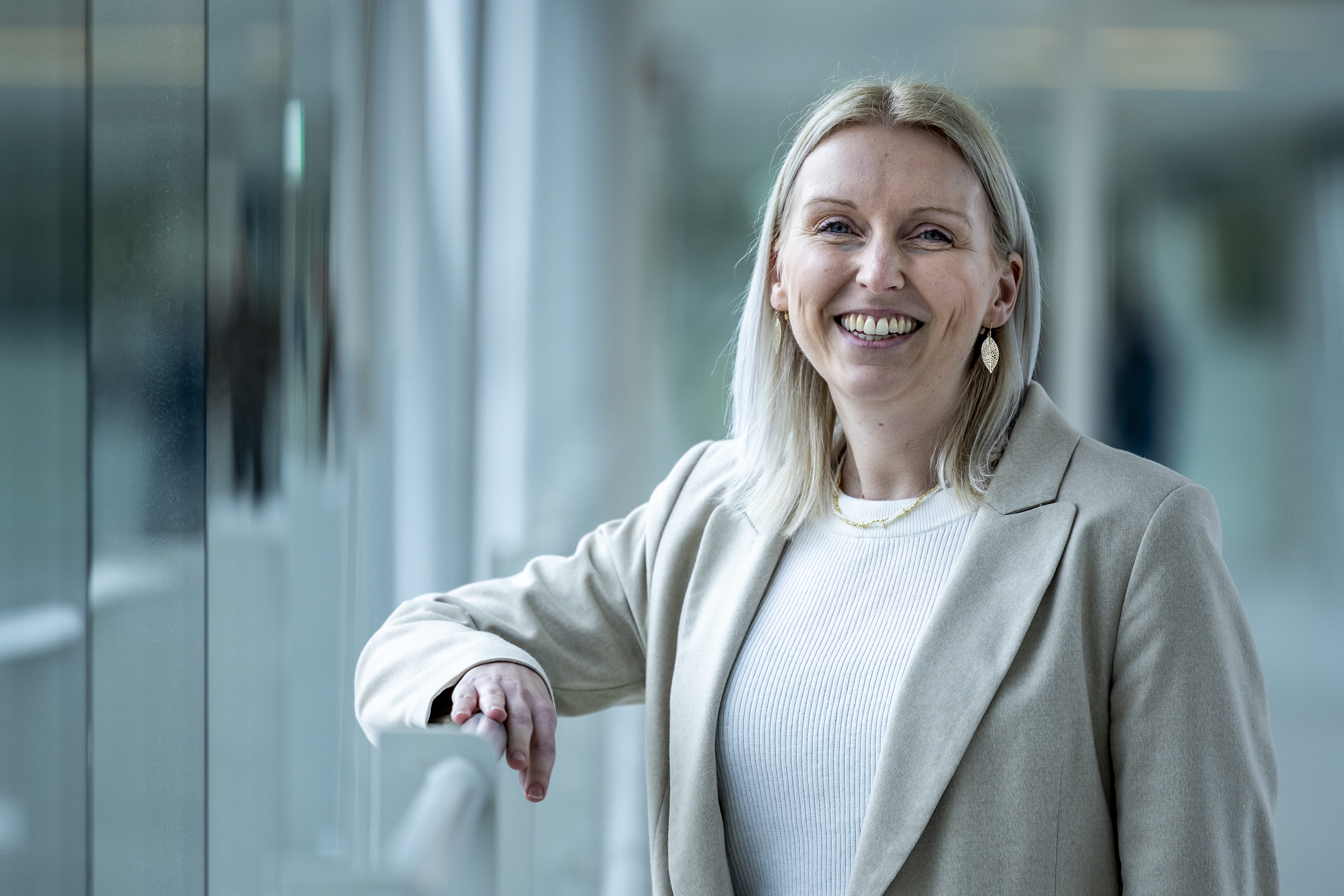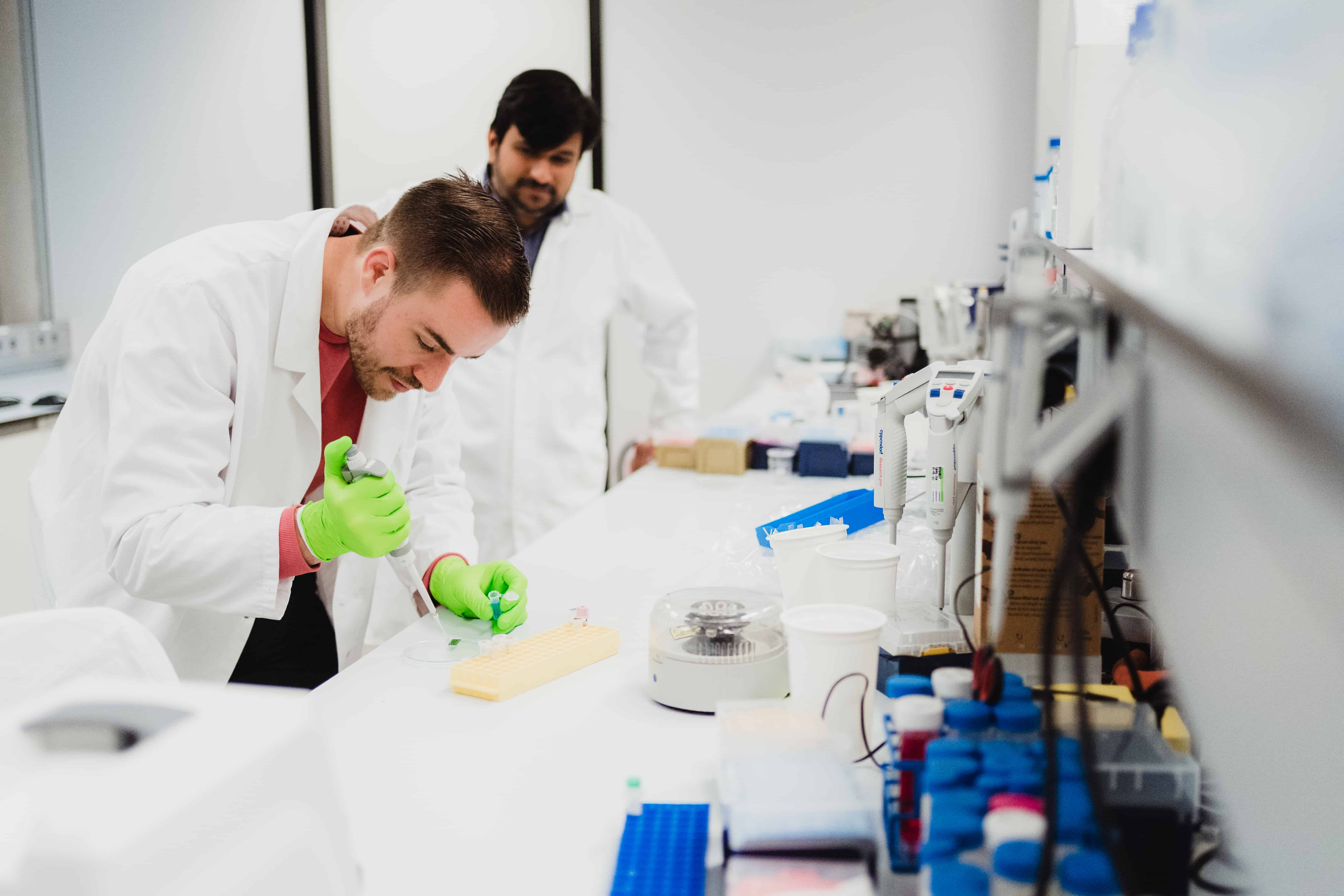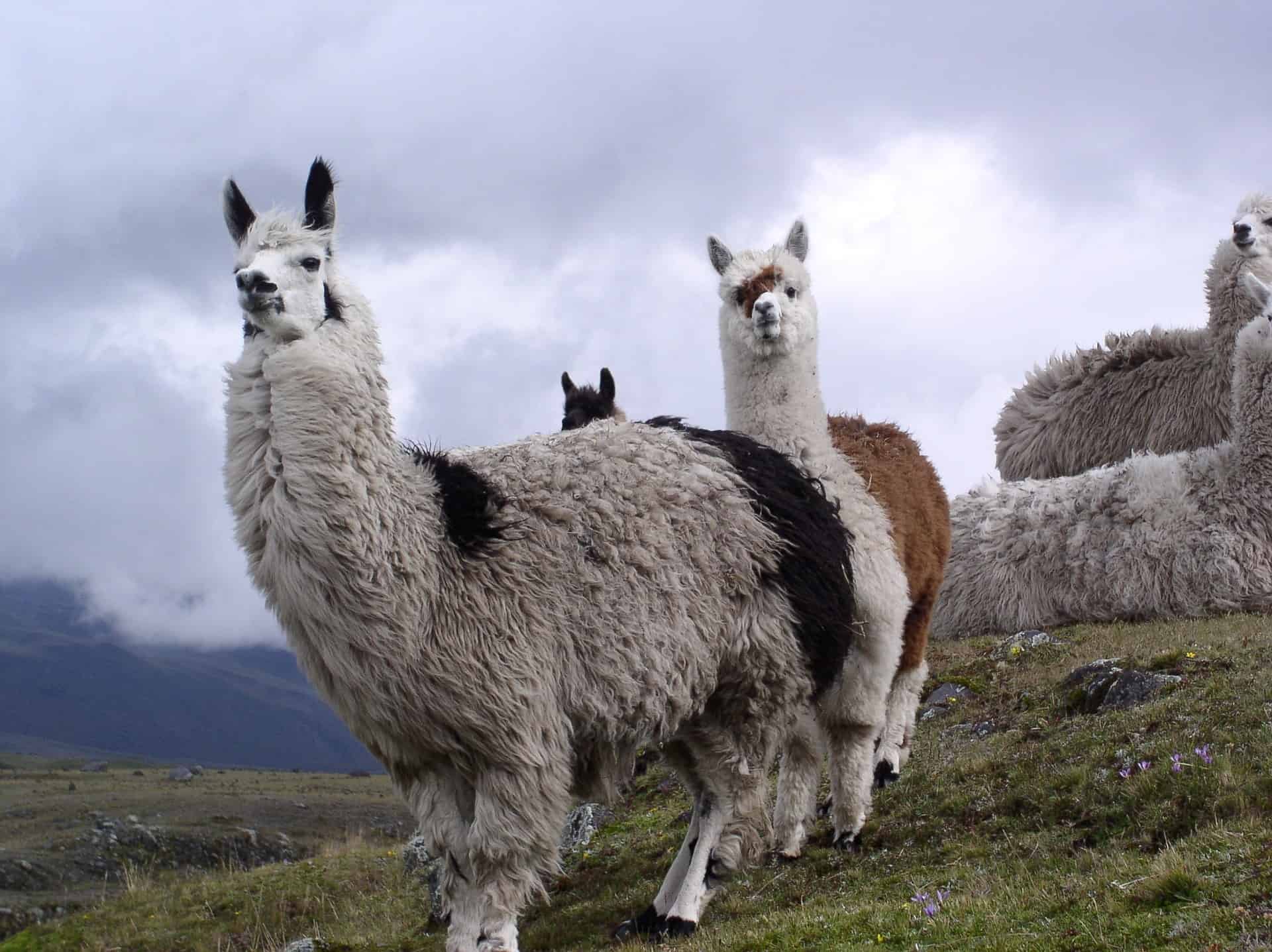
About Orthros Medical
- Founders: prof. Marcel Karperien, Edward Dolk and prof. Theo Verrips
- Founded in: 2017
- Employees: 7 (and 2 vacancies)
- Money raised: several millions
- Ultimate goal: Provide a treatment for osteoarthritis. Business goal: Expand our position as a developer of next-generation antibodies to treat various unmet patient needs.
More than one-and-a-half million Dutch people have osteoarthritis, the most common rheumatic disorder in joints. According to Reuma Nederland (the Dutch rheumatism association) that figure will be more than two million by 2040. A total of 85 percent of these people experience daily pain and limitations as a result of the condition. At Orthros Medical, a spin-off from the University of Twente (UT), they are developing a drug for this disease that is based on antibodies from llamas. In this instalment of Start-up of the Day, CEO Robert Jan Lamers explains how this works.
Antibodies from llamas? Tell us more!
“Yes, our company is based on a discovery that was made in the 1990s at the Vrije Universiteit Brussel. Professor Hamers and Professor Casterman, a married couple, discovered that camelidae have a different type of antibody than human beings. Ours are made up of light and heavy chains, while those of alpacas, llamas and camels only consist of heavy chains and are also fifty percent smaller. Even if you take a fragment of one such antibody from a llama – which is ten times smaller than a human one – it still functions.”
How did that discovery eventually lead to the foundation of Orthros Medical?
“Ten years ago, the two founders of Orthros, Prof. Marcel Karperiem and Prof. Theo Verrips, asked themselves: is it possible to target a trigger of osteoarthritis with such a small antibody that you can easily clone and engineer? To do that, you need to be able to reproduce them on a small scale. We do that with yeast. That is, we give yeast the DNA of the antibody and that’s how we can reproduce them. But, you also have to make sure that they reach the right place, where the osteoarthritis occurs, and that they are not broken down in the bloodstream. So, we also develop delivery systems that we put antibodies into and we inject the whole thing into the joint. Over time, the delivery system delivers the drug to the joint, so a patient has enough with a twice-yearly injection. This is how we want to alleviate pain and inflammation in osteoarthritis patients and eventually even regrow cartilage, which breaks down as a result of osteoarthritis, but that is another step further.”

What is an antibody?
“Antibodies provide protection against disease. They are Y-shaped proteins that are produced by special white blood cells (B-lymphocytes) in response to foreign substances (antigens) such as viruses or bacteria. They can bind themselves to these viruses or bacteria, rendering them harmless and preventing them from entering healthy cells. We in turn use a fragment of these smaller llama antibodies.”
Where are you now and where do you want to be in five years’ time?
“We develop drugs for veterinary drugs as well as medication for humans. Horses, dogs and cats also suffer from osteoarthritis. Over the past fifty years, that market has grown dramatically. Together with the English Animalcare Group, we are developing the first products for dogs; next year we are going to start clinical studies. The next step is to develop a drug for humans. In five years’ time, we want the first drugs to reach patients and are working on a more extensive portfolio of new candidates. This is how we are building up our position as a strong player in the field of next-generation antibodies.”

What is your biggest challenge?
“Well, that would be the financing then. This past year, we brought in Animalcare Group as a new partner. They sell a lot of veterinary pharmaceuticals. Thanks to this partnership, we now have four veterinarians on our team, which lets us get much closer to the patient, but this partnership also brings in money. This subsequently enabled us to raise over two million euros in innovation credit from the RVO (Netherlands Enterprise Agency, ed.), plus we also received an investment from Oost NL. We are really pleased about that, money is really a major requirement for these kinds of development.”
Is there a lot of competition?
“There are definitely more companies that are working on this kind of antibody. But that is mainly in drugs against cancer, not so much against osteoarthritis. One of our founders, Marcel Karperien, is a professor at UT. It is thanks to him and his research group that we know so much about joint and drug delivery systems. That is quite a golden combination. We will also be moving to the UT Campus in early 2024. That brings us closer to the scientific research and makes it a bit easier to find staff, the campus is really accessible.”



